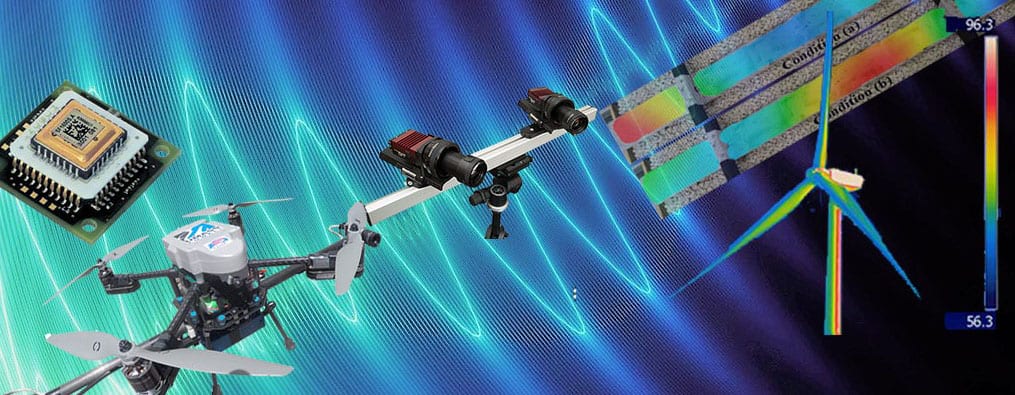
In recent years, there has been growing interest in performing Structural Health Monitoring (SHM) by monitoring structural dynamic response via Micro Electro-Mechanical System (MEMS) accelerometers. In addition, the possibility of embedding these devices within a Wireless Sensor Network (WSN) and allowing measured data to be wirelessly transmitted has contributed to the development of many new applications not possible just a few years ago.
In this study, the design, fabrication, and evaluation of the Acceleration Evaluator (ALE) have been performed. ALE is a low cost, high sensitivity, wireless prototype sensor board installing a MEMS-based accelerometer (i.e., SiFlex 1600SN.A manufactured by Colibrys Ltd.). The prototype uses radiofrequency communication, frequency modulated conversion, and operated as a stand-alone node within a WSN to perform vibration monitoring of large-sized civil structures.



To evaluate ALE performance, several laboratory tests were performed to: (i) demonstrate that ALE accuracy in measuring vibration relevant to SHM applications is comparable with the accuracy of traditionally used wired-based Integral Electronics Piezoelectric (IEPE) sensors and (ii) evaluate ALE consistency in measuring microvibrations for civil engineering relevant applications. For the first set of experiments, different stationary signals were recorded using ALE and results were were statistically compared with those recorded using an IEPE accelerometer. The second set, focused on using ALE for measuring a wide range of vibrations on a variety of civil and mechanical engineering structures. In particular, large-scale laboratory testing and field deployments for assessing the vibrations produced on oil-drilling pipelines during the extraction process, ambient vibration monitoring of a pedestrian bridge, and the earthquake-induced vibration monitoring of heritage structural components were performed. Those tests aimed at evaluating the ALE design consistency (i.e., calibration, evaluation of the maximum transmission distance, effect of battery discharge), on the signal measured and used for performing time and frequency domain analyses of the targeted structures.



The numerous laboratory tests performed showed ALE’s capability of measuring micro-vibrations having frequency as small as 0.2 Hz and amplitude in the order of 10-2 m∙s-2 with the same accuracy of that achievable as wired-based IEPE sensors are employed. Also, an analysis of the signals sampled using ALE as the sensor board was used for monitoring real-world engineering structures, proved that the developed systems was able to measure vibrations with errors in time and frequency domain below 2% when a back-to-back comparison with traditional sensors was performed.


The publication describing details of this research can be downloaded using the following links:
